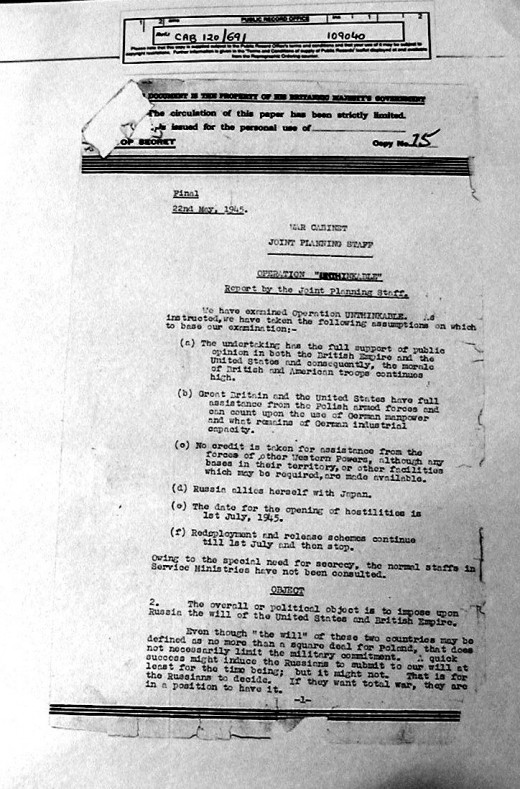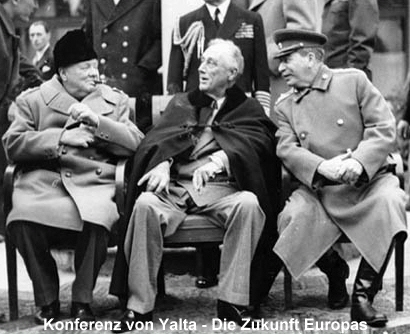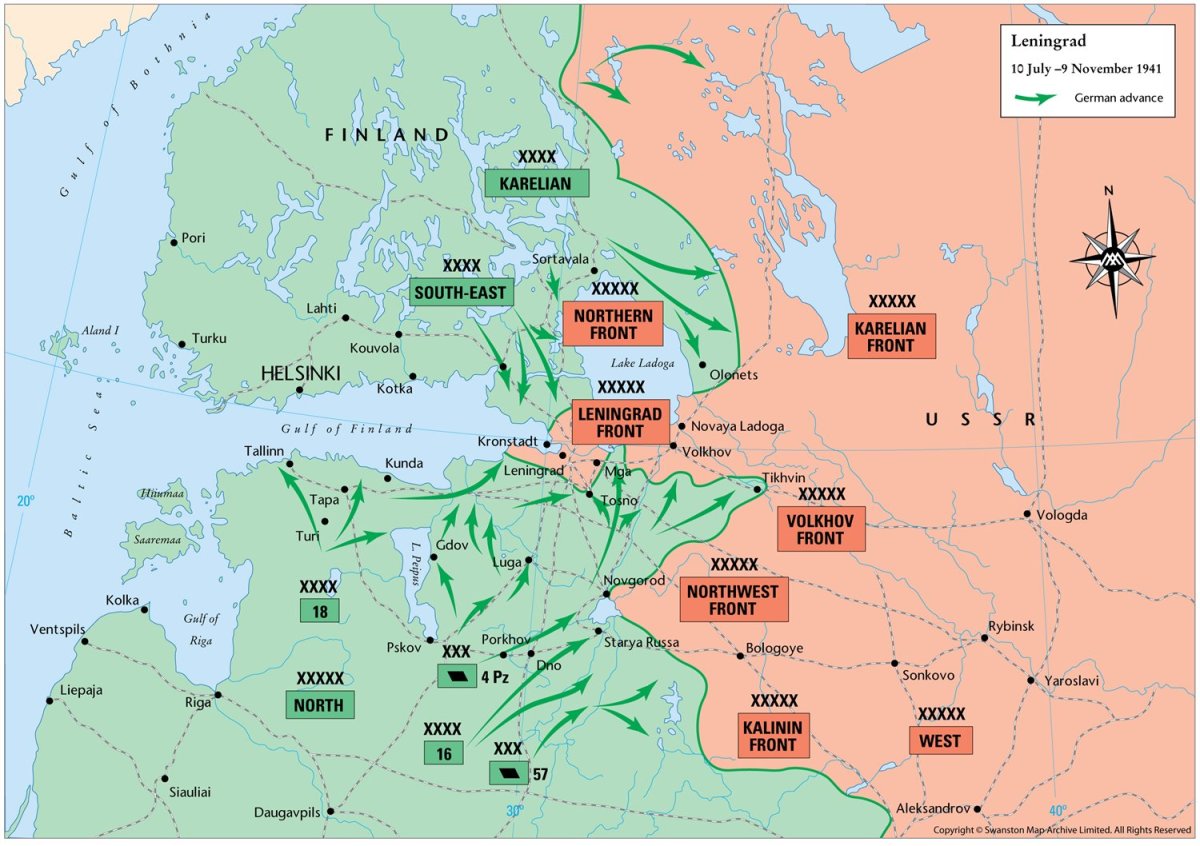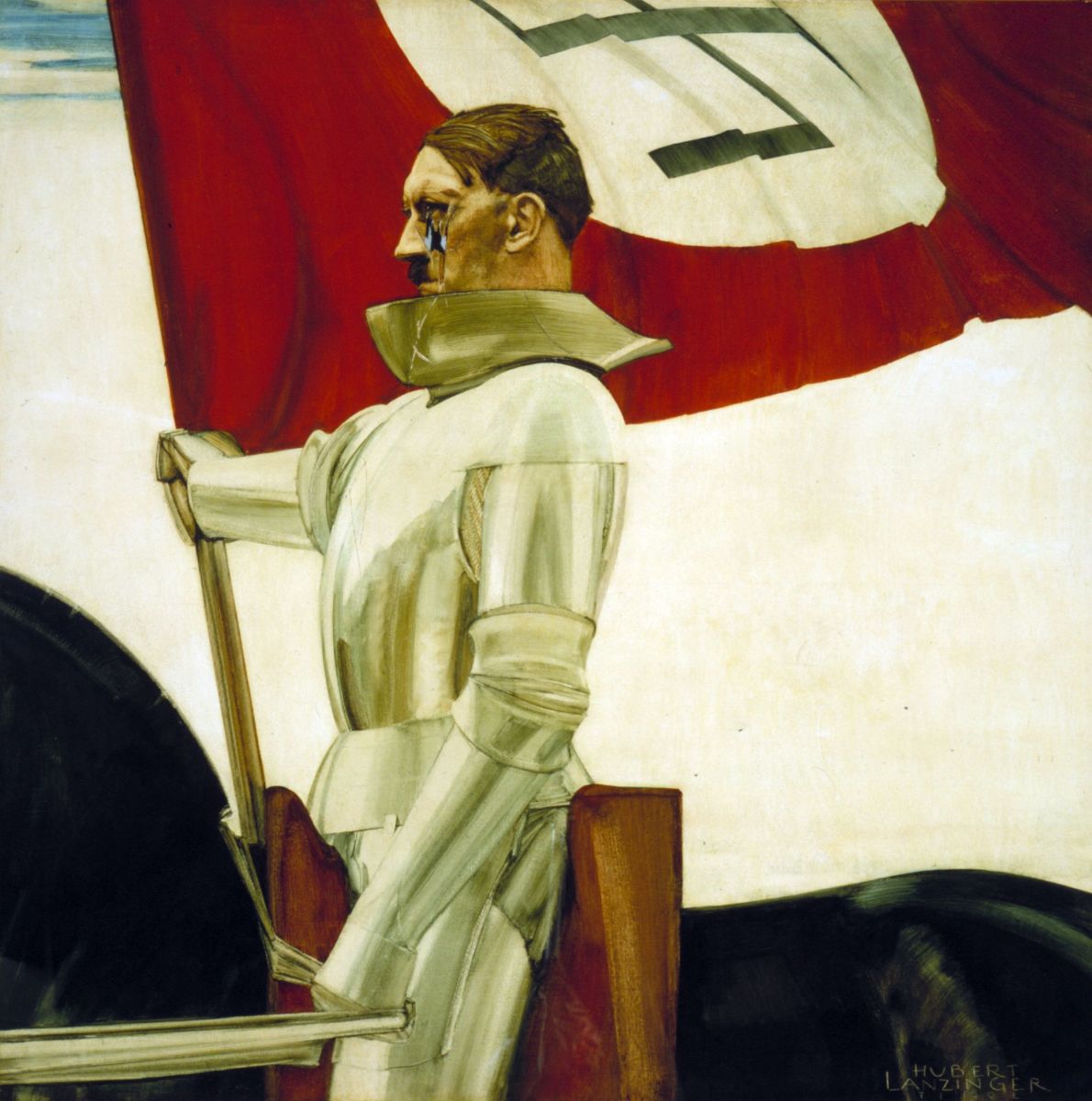- HubPages»
- Education and Science»
- History & Archaeology»
- History of the Modern Era»
- Twentieth Century History
Operation Unthinkable.Churchill's Secret Plan To Invade Russia





Operation Unthinkable: Russia: Threat to Western Civilization
On May 8th 1945 as most of the world celebrated Victory Over Europe and the unconditional surrender of the German armed forces, Winston Churchill was ill at ease and the cause of his agitation was Stalin.
The allied initiative to supply Russia with food and raw materials had not only helped to force the formidable German army into retreat from Stalingrad, but had resulted in a stronger and numerically superior Russian Army occupying the whole of Eastern Europe.
Despite numerous reassurances by Stalin at the Yalta Conference to suspend his advance eastwards, until suitable agreements over the division of Eastern Europe had been agreed, the Red Army now staked their territory all the way to Berlin.
It was with this in mind that Churchill secretly briefed his chiefs of staff to “consider the unthinkable”, a possible alliance between Russia and Japan freeing Japanese forces to reinforce Japan’s homeland defences. Also a Russian invasion of Persia and Iraq to seize the oil fields, a strategic move into Turkey and Greece to cut off valuable Allied supply lines, plus incursions across the Low Countries and into France.
The resulting report named "Operation Unthinkable: Russia: Threat to Western Civilization”, was presented to the Prime Minister on the 22nd May 1945 and has only recently been rediscovered in the National Archives at Kew.
It proposed that a mainly British and American allied force consisting of 47 divisions including 14 armoured divisions and 4 Polish divisions, attack the Russian lines simultaneously in a 2 pronged offensive on the 12th July 1945. Also that a further 10 German divisions would to be re-equipped and trained to join the offensive in the autumn.
In an evaluation of their opponents it was determined that they would be up against a force of 170 Red Army divisions, of which 30 would be armoured and although outnumbered 2 to 1, a significant proportion of the Red Army would be tied-up holding the “violently anti-Russian” Polish population.
The general opinion was that the Allies could maintain superiority in the air and at sea, with the navy controlling the Baltic to reinforce the Allies left flank and the air force, used to destroy vital communications and bridgeheads across Russia.
In their assessment, the Red Army had been portrayed “as ill-educated” and “ill-disciplined”, with inferior training, experience, equipment and that, after the withdrawal of Allied aid they would be hampered by a lack of food and materials. Although with much of the German “rocket and pilotless aircraft” technology now available to them in Russian occupied territory, the Allies had to consider a possible threat by “new technologies” of which they had little or no defence.
The plan also considered 2 possibilities, a quick and decisive strike which would disable the Russian war machine and push Stalin’s influence out of Eastern Europe or, a long and protracted war which would result in total occupation of Russia.
It was generally agreed that the possibility of a decisive strike was improbable and with the onset of the Russian winter, which had already been the downfall of Napoleon’s and the German’s previous attempts to conquer the country, the whole project was simply “too hazardous”.
In retrospect, it was a decision which resulted in millions of deaths under the Stalinist regime, created a Cold War and an arms race that lasted for over half a century. So rightly or wrongly the plan was dismissed and World War III was consigned to 30 pages of faded yellowing paper.








